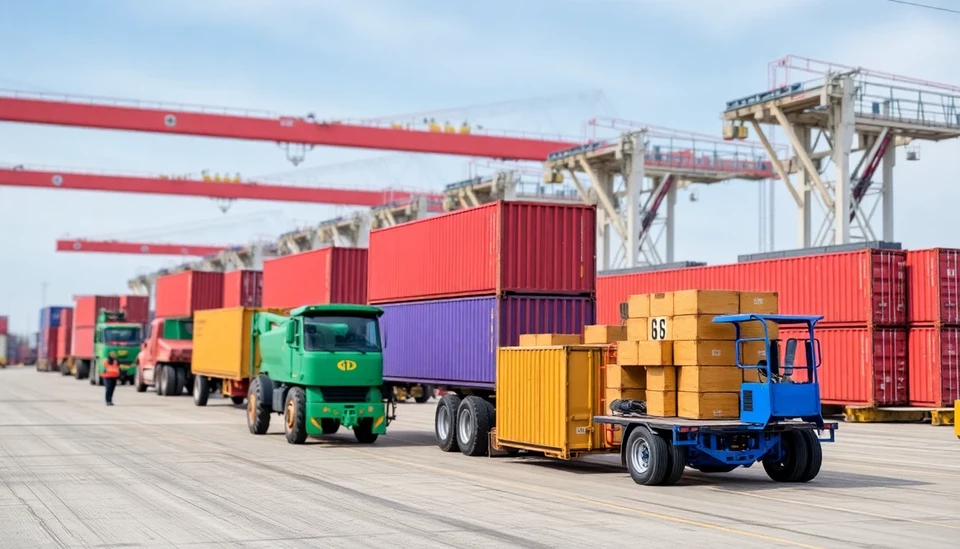
The current landscape of U.S. trade policy is undergoing significant turbulence as former President Donald Trump's tariffs continue to cast a long shadow over the nation's economic outlook. Businesses and analysts are grappling with the implications of these policy decisions as they navigate an increasingly complex global marketplace. With uncertainties looming, stakeholders are left questioning the trajectory of U.S. trade relations and economic stability.
Trump's administration initially implemented tariffs as a mechanism to protect American industries from what he termed unfair foreign competition. This strategy was particularly aimed at countries like China, leading to a considerable escalation in trade tensions. However, as the dust settles on his term, many are now contemplating the long-term effects of these tariffs on the U.S. economy. Reports indicate that while a segment of American businesses have benefited from reduced foreign competition, many others face increased costs for imported materials and products.
The repercussions of these tariffs extend beyond immediate financial impacts. The trade policy has sparked a wave of uncertainty that has left both domestic businesses and international partners uncertain about the future. For many companies, the pricing instability and potential retaliatory measures from other countries complicate strategic planning and investment decisions.
The Biden administration's approach to these tariffs remains a topic of intense debate. While there is a clear intention to reassess and possibly recalibrate trade relations, concrete actions and definitive policy shifts are still forthcoming. Industry experts assert that a significant overhaul of Trump's tariffs could potentially alleviate some of the financial burdens felt by businesses, but such moves could also invite further complicating factors from abroad.
Internal discussions within the current administration suggest a cautious approach is necessary, taking into account both the immediate needs of American producers and the overarching goal of improving foreign relations. This balancing act has prompted an array of reactions from politicians and economic analysts, many of whom argue that a more coherent trade strategy is needed to foster both domestic growth and international collaboration.
Given the unpredictable nature of trade policy under the Trump precedent, businesses are encouraged to remain vigilant and adaptable. With the U.S. economy intertwined with global supply chains more than ever, the repercussions of the existing tariffs could linger well into the future. As companies reconcile with the changing landscape, cultivating strong relationships with partners and exploring alternative sourcing options may become the key strategies for survival in this evolving environment.
In conclusion, as the U.S. steers through this uncertain trade terrain, the evolving narrative surrounding Trump’s tariffs will continue to shape conversations about economic policy and international relations. Stakeholders must remain prepared for potential shifts and positions that may arise as the next steps in U.S. trade policy are formulated and enacted.
As businesses and policymakers search for clarity, the need for a comprehensive, forward-looking trade strategy has never been more apparent. Only time will tell how the current administration chooses to address the challenges initiated by its predecessor.
#TradePolicy #USTariffs #Trump #Economy #ChinaTrade #BidenAdministration #InternationalRelations #BusinessStrategy
Author: Laura Mitchell




